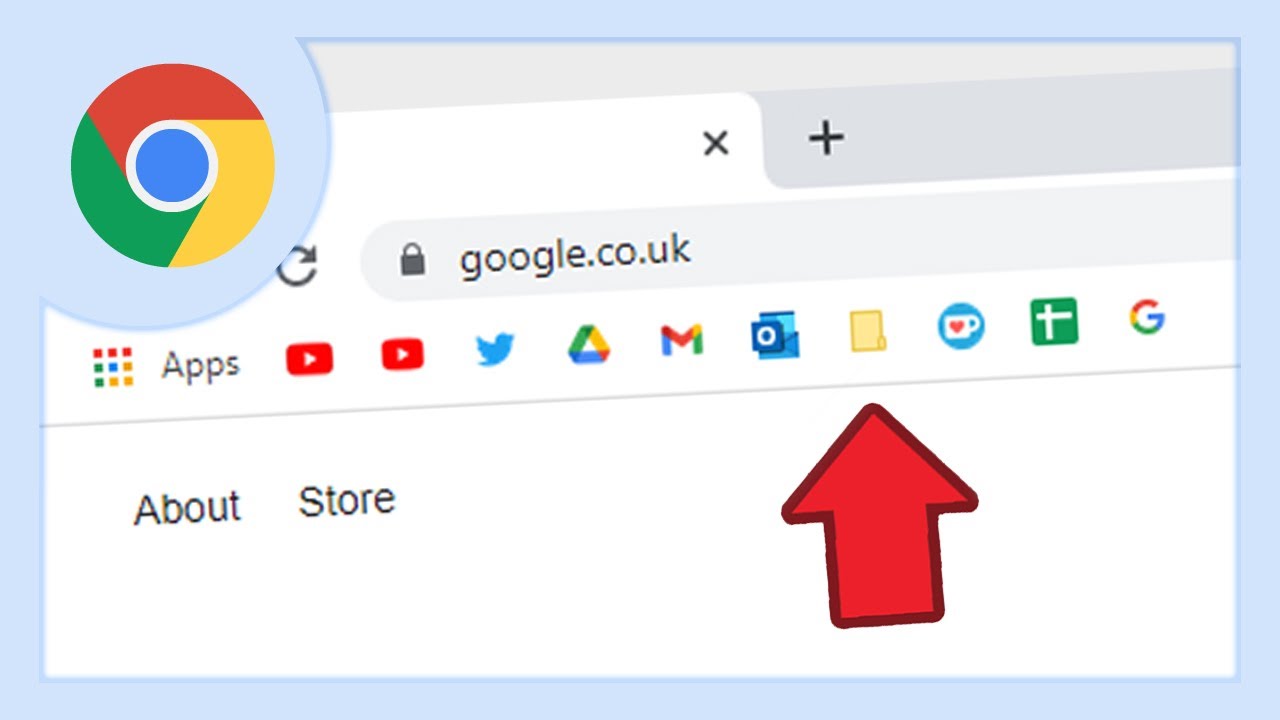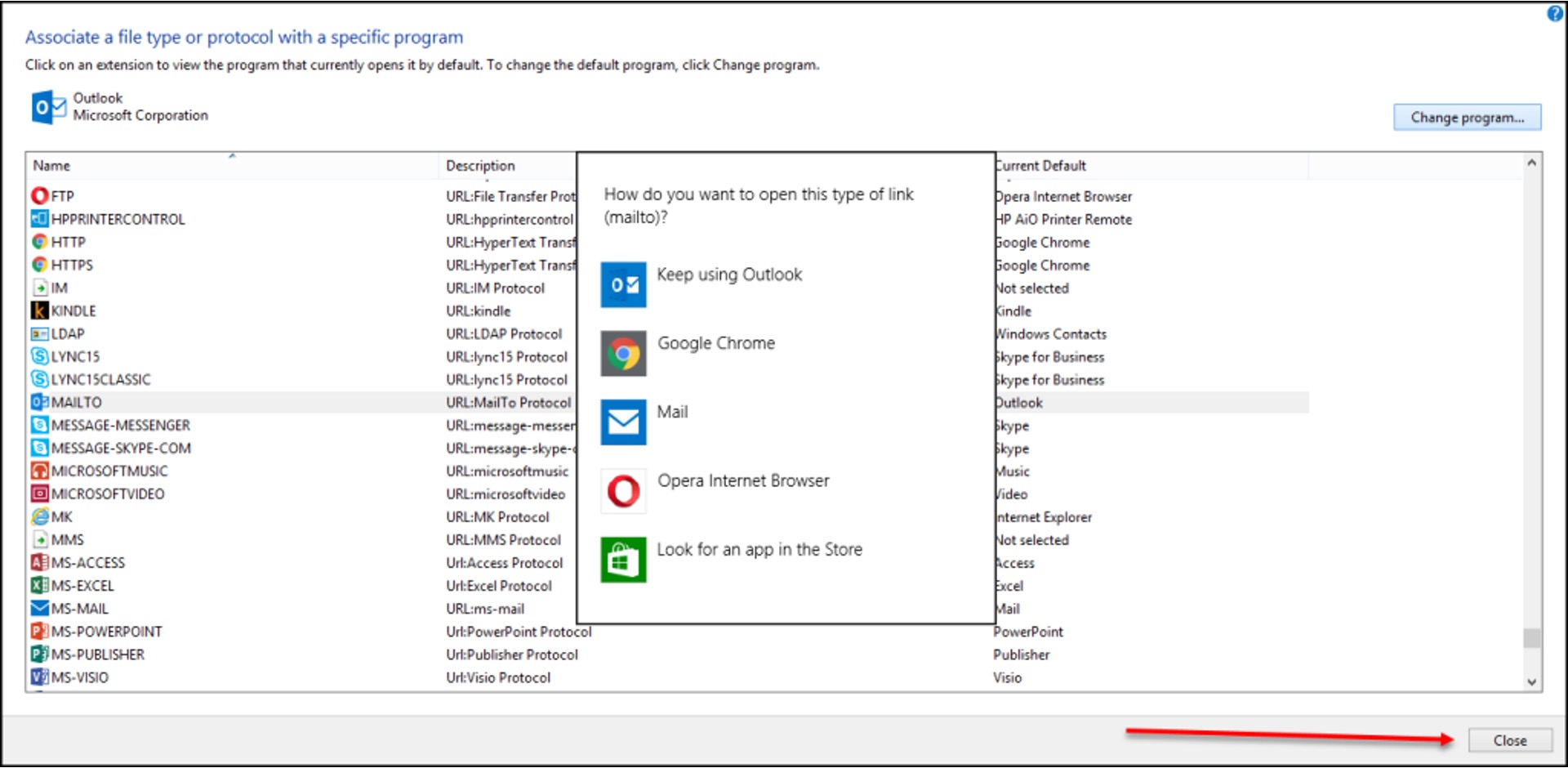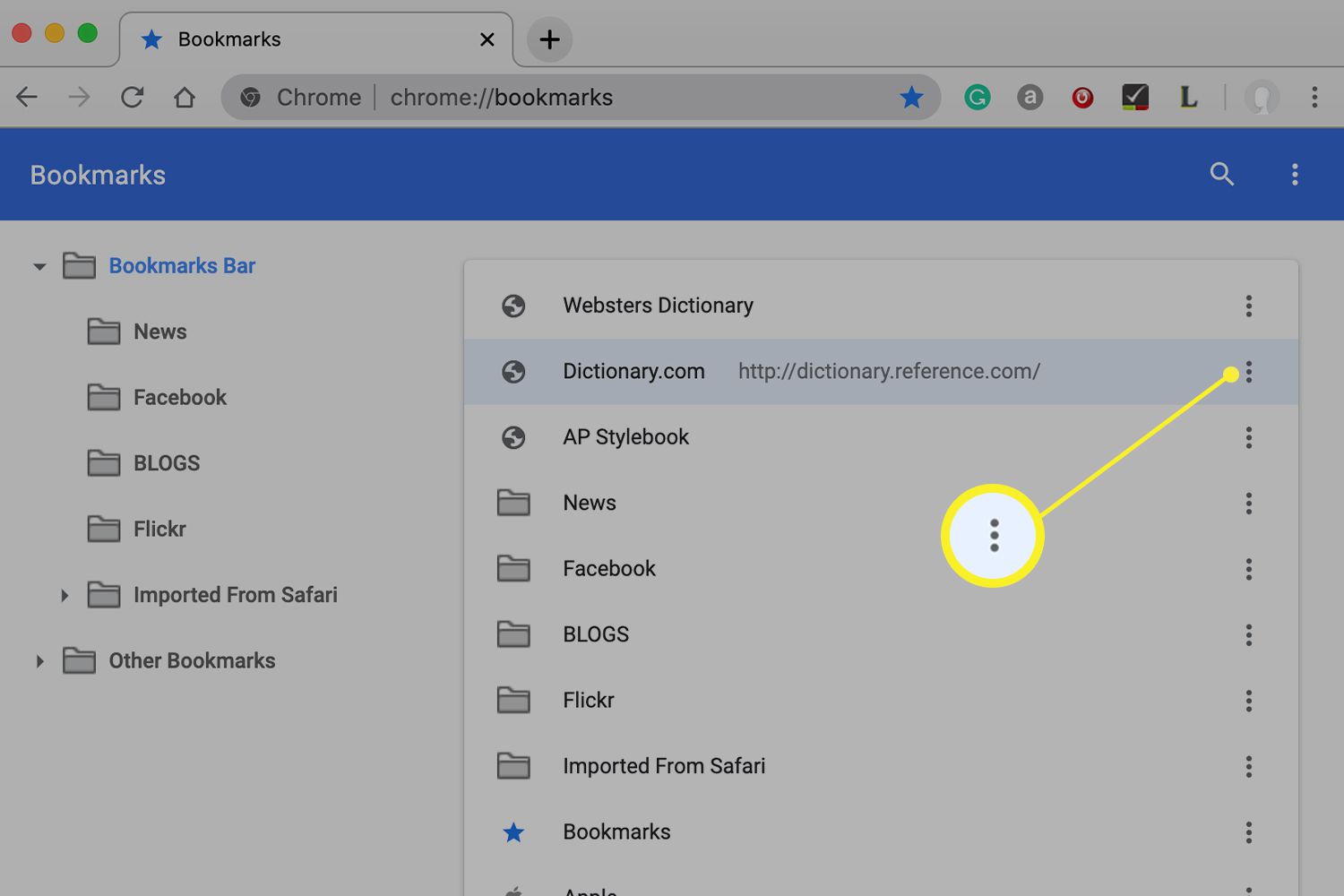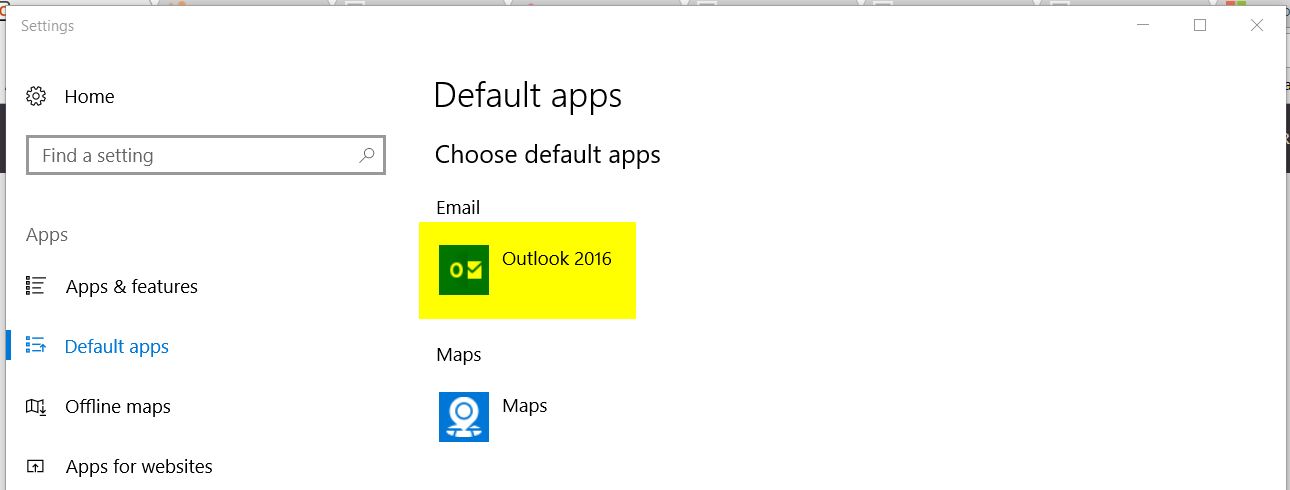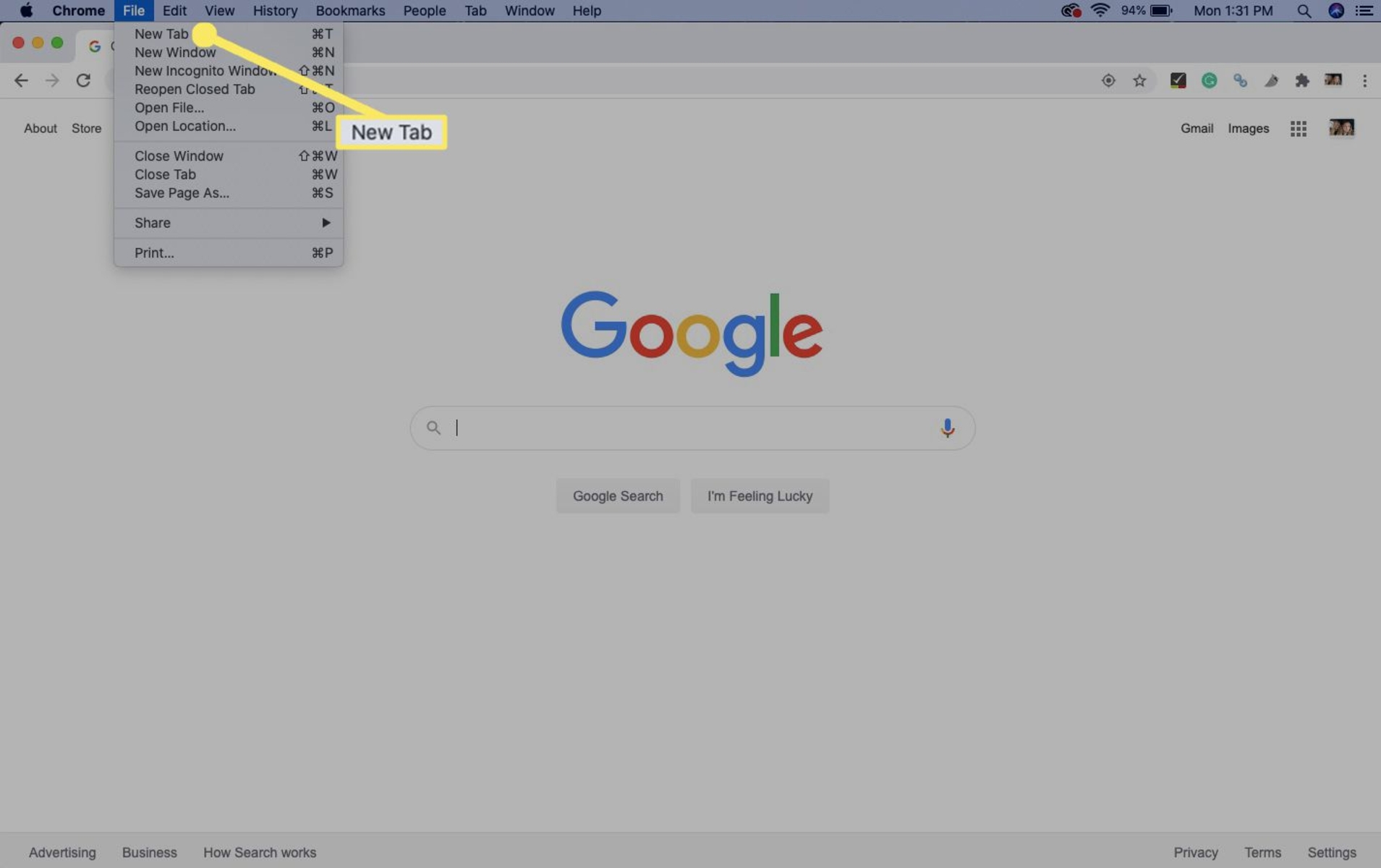Introduction
Opening a new tab when clicking a link in Google Chrome can significantly enhance your browsing experience. Whether you're conducting research, reading articles, or simply exploring the web, the ability to seamlessly open links in new tabs can streamline your navigation and keep your browsing session organized. In this article, we'll explore various methods to achieve this, catering to different preferences and habits. From using the mouse to leveraging keyboard shortcuts and context menu options, you'll discover the most efficient and convenient ways to open links in new tabs within the Google Chrome browser.
By mastering these techniques, you can effortlessly maintain your current page while exploring linked content without disrupting your workflow. This not only saves time but also allows for a more fluid and uninterrupted browsing experience. Whether you're a casual internet user or a power browser, the ability to open links in new tabs with ease is a valuable skill that can enhance your productivity and enjoyment while navigating the vast expanse of the World Wide Web.
Now, let's delve into the various methods that Google Chrome offers to open links in new tabs, empowering you to navigate the internet with efficiency and finesse. Whether you prefer using your mouse, keyboard, or context menu, there's a method that suits your browsing style. Let's embark on this journey to optimize your browsing experience and unlock the full potential of Google Chrome's tab management capabilities.
Method 1: Using the Mouse
When it comes to opening links in new tabs, using the mouse is perhaps the most intuitive and widely used method. Google Chrome offers several ways to achieve this, catering to different preferences and habits. Whether you're a fan of right-clicking or prefer the convenience of middle-clicking, there's a method that suits your browsing style.
1. Left-Clicking with Modifier Keys
The simplest way to open a link in a new tab using the mouse is by holding down a modifier key while left-clicking on the link. On Windows and Linux, you can hold down the Ctrl key, while on Mac, you can use the Command key. By doing so, you instruct the browser to open the link in a new tab, allowing you to continue browsing the current page without interruption.
2. Middle-Clicking
Middle-clicking on a link is a convenient and efficient way to open it in a new tab. If you have a mouse with a clickable scroll wheel, simply clicking on a link with the scroll wheel will prompt Google Chrome to open the link in a new tab. This method is favored by many users for its simplicity and seamless integration into the browsing experience.
3. Right-Clicking and Selecting "Open Link in New Tab"
For those who prefer a more deliberate approach, right-clicking on a link presents a menu of options, including the ability to open the link in a new tab. By right-clicking on a link and selecting "Open Link in New Tab" from the context menu, you can effectively open the linked content in a new tab without deviating from your current page.
4. Using the Address Bar
Another lesser-known method involves using the address bar to open a link in a new tab. If you want to open a link in a new tab without navigating away from the current page, you can do so by dragging the link from the address bar to an empty area on the tab strip. This action triggers the opening of the link in a new tab, allowing you to explore the content while retaining access to the original page.
By mastering these mouse-based methods, you can seamlessly open links in new tabs, enhancing your browsing efficiency and multitasking capabilities. Whether you prefer the simplicity of left-clicking with modifier keys, the convenience of middle-clicking, or the deliberate nature of right-clicking, Google Chrome offers a range of options to accommodate your browsing preferences. Now, let's explore additional methods to open links in new tabs, including keyboard shortcuts and context menu options, to further optimize your browsing experience within Google Chrome.
Method 2: Using the Keyboard
In addition to mouse-based methods, Google Chrome provides a range of keyboard shortcuts that empower users to open links in new tabs with speed and precision. For individuals who prefer navigating the web using keyboard commands, these shortcuts offer a seamless and efficient way to manage tabs and explore linked content without interrupting their browsing flow.
-
Ctrl + Click (Windows/Linux) or Command + Click (Mac): Holding down the Ctrl key on Windows or Linux, or the Command key on Mac, while clicking on a link allows users to open the link in a new tab. This straightforward shortcut enables users to maintain their current page while effortlessly accessing the linked content in a separate tab.
-
Ctrl + Enter (Windows/Linux) or Command + Enter (Mac): When typing a website address in the address bar, pressing Ctrl + Enter on Windows or Linux, or Command + Enter on Mac, automatically adds "http://www." to the beginning and ".com" to the end of the address, opening the website in a new tab. This shortcut is particularly useful for quickly accessing websites without disrupting the current browsing session.
-
Ctrl + Shift + Click (Windows/Linux) or Command + Shift + Click (Mac): By combining the Ctrl or Command key with the Shift key and clicking on a link, users can open the link in a new tab and switch to it immediately. This shortcut streamlines the process of opening and navigating to linked content, allowing for efficient multitasking and seamless tab management.
-
Ctrl + Shift + T (Windows/Linux) or Command + Shift + T (Mac): While not directly related to opening links in new tabs, the Ctrl + Shift + T shortcut is a powerful tool for reopening recently closed tabs. This can be especially handy when users accidentally close a tab or need to revisit a previously viewed page, enhancing the overall tab management experience within Google Chrome.
By leveraging these keyboard shortcuts, users can navigate the web with precision and efficiency, seamlessly opening links in new tabs and managing their browsing experience with ease. Whether it's holding down modifier keys while clicking on links or utilizing specialized shortcuts for tab management, Google Chrome's keyboard-based methods offer a diverse array of options to cater to different browsing preferences and habits. With these techniques at your fingertips, you can elevate your browsing experience and unlock the full potential of tab navigation within the Google Chrome browser.
Method 3: Using the Context Menu
When it comes to opening links in new tabs, Google Chrome offers a convenient and versatile method through the use of the context menu. This approach caters to users who prefer a more deliberate and controlled way of managing their tabs, providing a range of options to seamlessly open linked content in new tabs without disrupting their browsing flow.
To access the context menu, simply right-click on a link within the Google Chrome browser. This action triggers a menu of options, including the ability to open the link in a new tab. By right-clicking on a link and selecting "Open Link in New Tab" from the context menu, users can effectively open the linked content in a new tab, allowing them to explore the content while retaining access to the original page.
In addition to the standard "Open Link in New Tab" option, the context menu offers further tab management capabilities. Users can choose to open links in new tabs in the background, ensuring that the current page remains focused while the linked content loads in a separate tab. This can be particularly useful when conducting research or browsing content that requires minimal interruption to the current browsing session.
Furthermore, the context menu provides the option to open links in new tabs and immediately switch to them. This streamlined approach allows users to seamlessly transition to the newly opened tab, making it ideal for situations where immediate access to the linked content is desired.
By leveraging the context menu's tab management options, users can tailor their browsing experience to suit their preferences and workflow. Whether it's opening links in new tabs in the background to maintain focus on the current page or swiftly switching to newly opened tabs for immediate access to linked content, the context menu empowers users to navigate the web with precision and control.
In essence, the context menu serves as a gateway to efficient tab management within Google Chrome, offering a range of options to open links in new tabs and seamlessly explore linked content without disrupting the browsing flow. By incorporating the context menu into their browsing habits, users can optimize their tab navigation experience and elevate their overall productivity and efficiency while navigating the web.
Conclusion
In conclusion, mastering the art of opening links in new tabs within the Google Chrome browser can significantly enhance your browsing experience. By exploring the various methods, including mouse-based techniques, keyboard shortcuts, and context menu options, you can streamline your tab management and navigate the web with efficiency and finesse.
The mouse-based methods, such as left-clicking with modifier keys, middle-clicking, and right-clicking, offer intuitive and versatile ways to open links in new tabs. Whether you prefer the simplicity of holding down a modifier key while clicking on a link or the convenience of middle-clicking with a scroll wheel, Google Chrome caters to a diverse range of browsing preferences. Additionally, the lesser-known method of using the address bar to open links in new tabs provides an alternative approach for seamless tab management.
Furthermore, the keyboard shortcuts available in Google Chrome empower users to navigate the web with precision and speed. From holding down modifier keys while clicking on links to utilizing specialized shortcuts for tab management, these keyboard-based methods offer a seamless and efficient way to explore linked content without interrupting the browsing flow. The ability to open links in new tabs and switch between them with ease enhances multitasking capabilities and overall browsing efficiency.
The context menu serves as a gateway to efficient tab management within Google Chrome, offering a range of options to open links in new tabs and seamlessly explore linked content without disrupting the browsing flow. Whether it's opening links in new tabs in the background to maintain focus on the current page or swiftly switching to newly opened tabs for immediate access to linked content, the context menu empowers users to navigate the web with precision and control.
By incorporating these methods into your browsing habits, you can optimize your tab navigation experience and elevate your overall productivity and efficiency while navigating the web. Whether you're conducting research, reading articles, or simply exploring the web, the ability to seamlessly open links in new tabs can streamline your navigation and keep your browsing session organized.
In essence, by mastering these techniques, you can effortlessly maintain your current page while exploring linked content without disrupting your workflow. This not only saves time but also allows for a more fluid and uninterrupted browsing experience. Whether you're a casual internet user or a power browser, the ability to open links in new tabs with ease is a valuable skill that can enhance your productivity and enjoyment while navigating the vast expanse of the World Wide Web.










